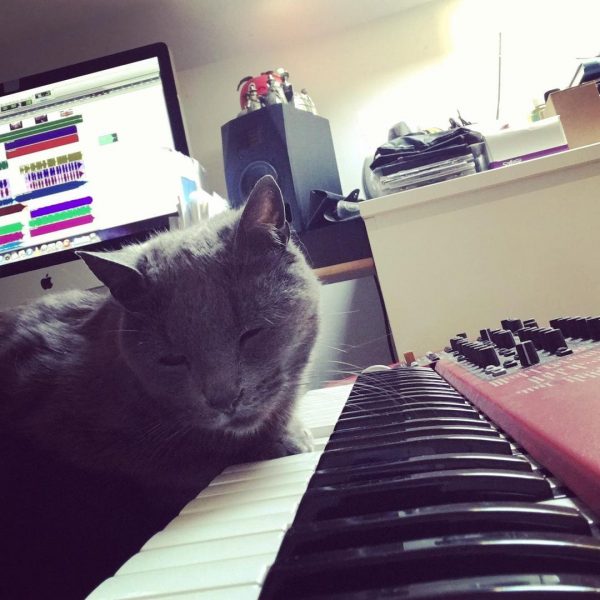
Lemmy looks inspired as he works on his new composition. From agathe.max on Instagram.

A cool hardware jam with offerings from Roland, Eletrkon, Nord, Behringer, Arturia, Strymon, and more. Watch for the cat about halfway through.
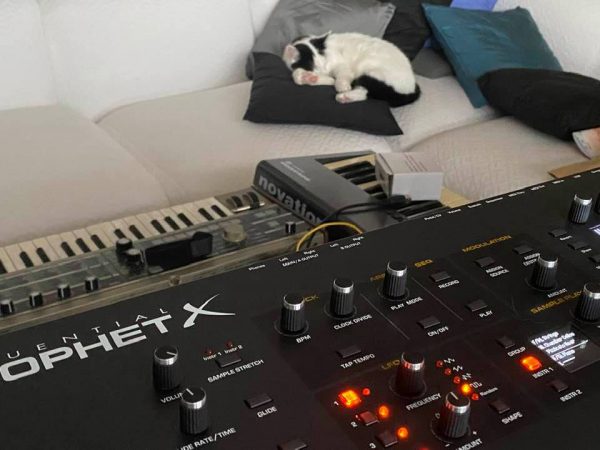
Basti naps near a collection of keyboard synthesizers, including a Sequential Prophet X. We also see a MicroKorg and a Novation keyboard. From Andras Karoly via Facebook.
Here is a close-up of Basti sleeping.
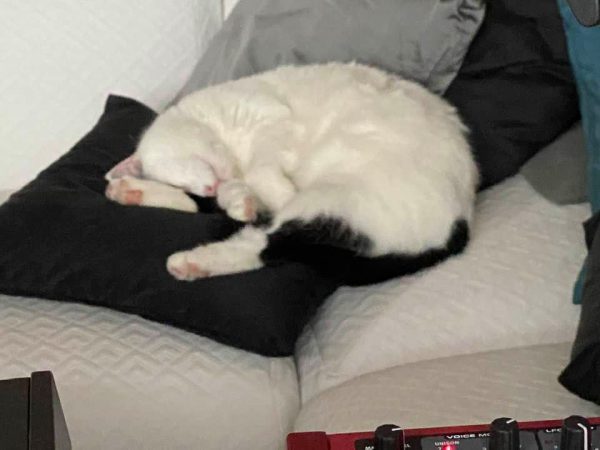
The keyboard in this photo appears to be a Nord.
Please check out our chat with Dave Smith about the Prophet X from NAMM 2019.
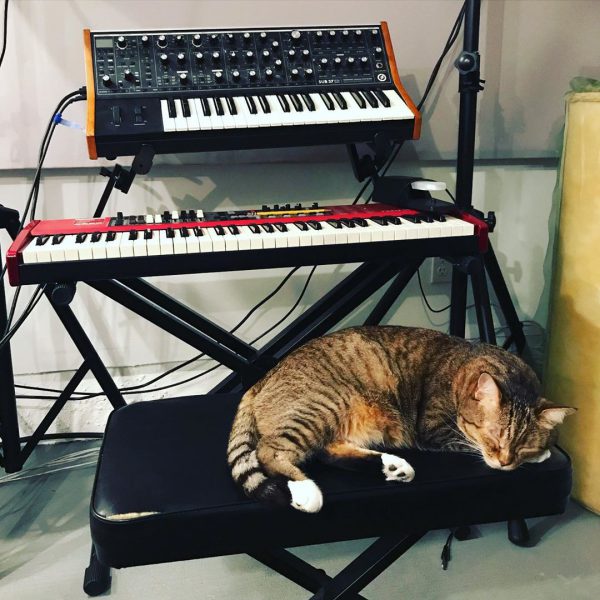
A pic from the studio of our friend and collaborator Bill Wolter. His cat naps in front of a Nord Electro and Moog Sub 37.
Studio buddy. She’s my friend until I start playing drums.
Our cats are used to all sorts of crazy loud sounds emanating from the studio, but I suppose live drums is something altogether different from a psychoacoustic perspective.
You can see the many other posts on CatSynth featuring Bill here.
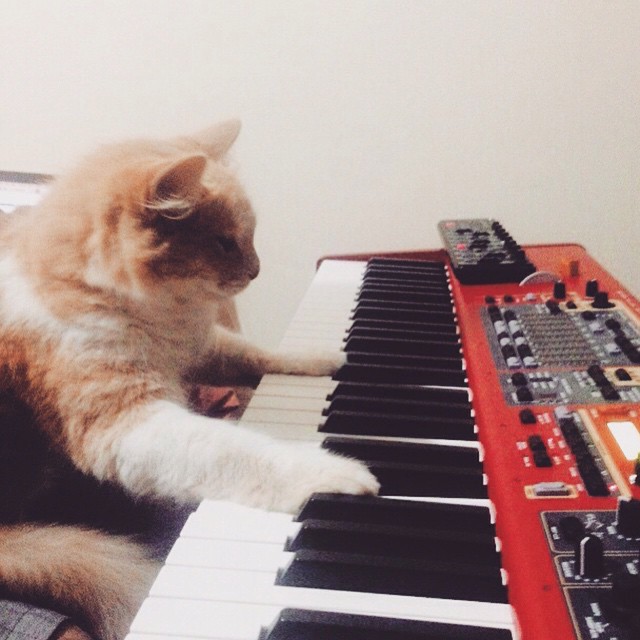
Cat playing a Nord Stage 2 keyboard. From Nord (@nordkeyboards) via Instagram.
We love our Nord Stage EX at CatSynth HQ, though we often covet the newer features of the 2 and 3. But not enough to replace what has been a fine keyboard for over 10 years.